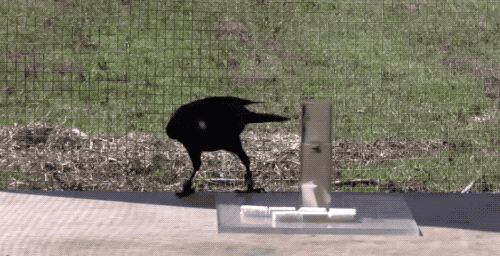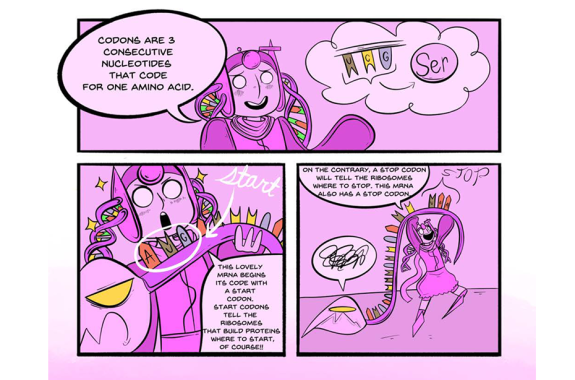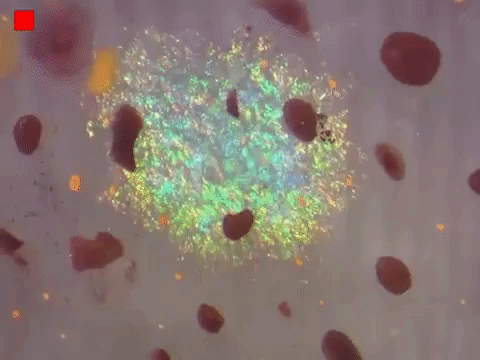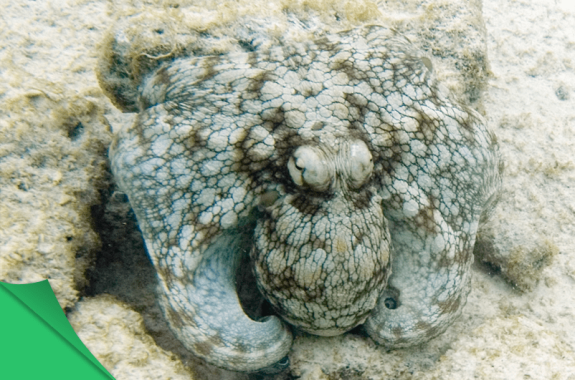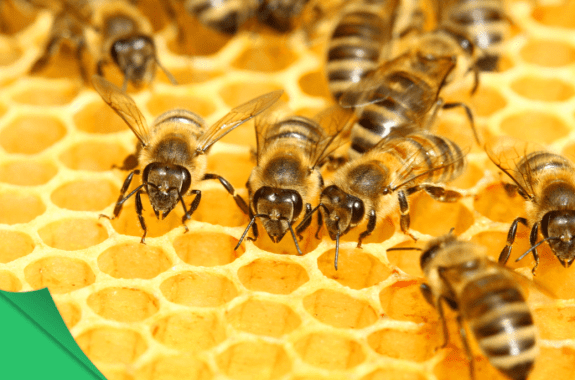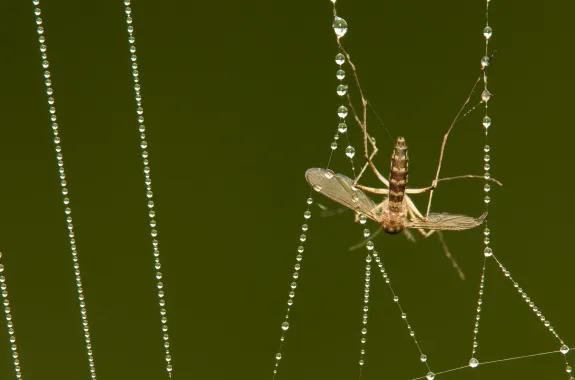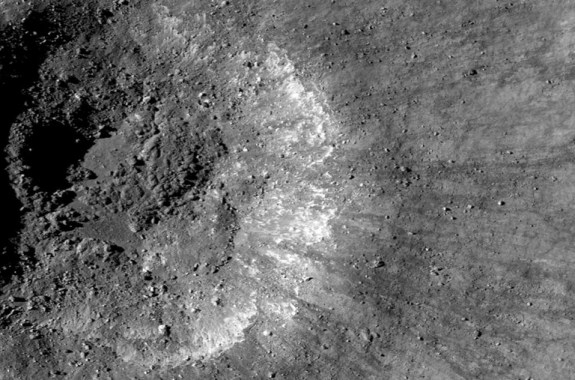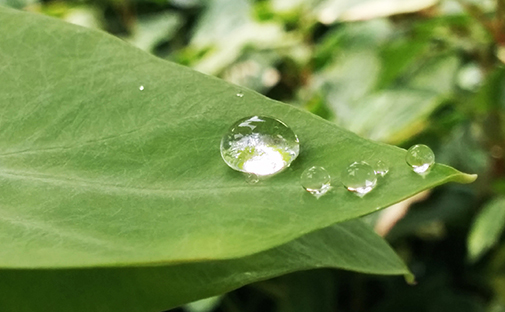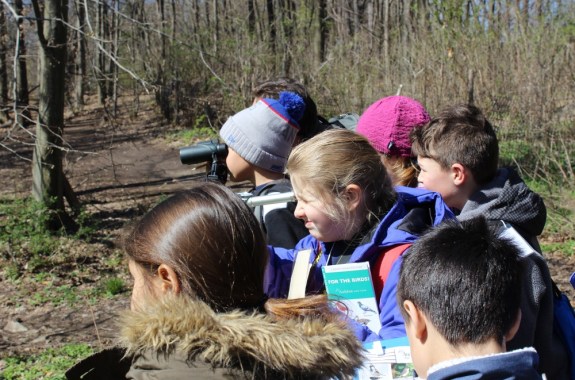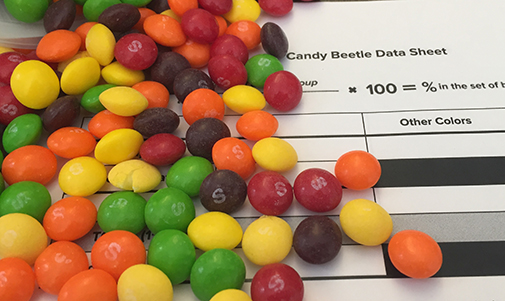What Puzzle-Solving Crows Can Teach Us About Animal Intelligence
Why are crows considered intelligent? Use animal behavior and the design process to design a problem-solving test for chosen species.
Science Comics: A Creative Gateway Into Literacy and STEM
Use student-created comics to summarize learning, report experimental outcomes, and assess prior knowledge.
Capture The Iridescence Of Camouflaging Cephalopod Skin
Explore the deep, color-changing iridophore and leucophore layers of cephalopod skin to see they use light to camouflage themselves.
Cephalopod Camouflage: A Beauty That’s Skin Deep
It’s a rock, it’s seaweed, it’s an…octopus? Using this hands on activity, learn how crafty cephalopods are well adapted to hide in an ocean full of predators.
Why Are Honeycomb Cells Hexagonal?
Honeybees make the cells of their hives in the shape of hexagons, but why?
Investigating Community Food Webs: The Ecological Importance of Spiders
Students design and construct their own webs out of yarn and paper plates, test how effective they are at capturing Ping-Pong “pests,” and see how the removal of pests affects crop yield.
Splat! Model Lunar Impacts Using Water Balloons
In this resource from International Observe the Moon Night, use water balloons to model how the moon’s largest impact basins were created.
Hydrophobicity: Will The Water Drop Stop Or Roll?
Examine surface textures and conduct a “tilt test” to compare how materials with different surface textures repel or absorb water.
Birding as a Gateway to Environmental Education
Audubon New York’s For The Birds program uses local birds to connect New York elementary school students to their neighborhood ecosystems.
Sampling and Estimation With Bountiful ‘Beetles’
In this activity, explore the science and the math behind sampling. Use your data to make predictions about the most common color in a population of candy beetles.
